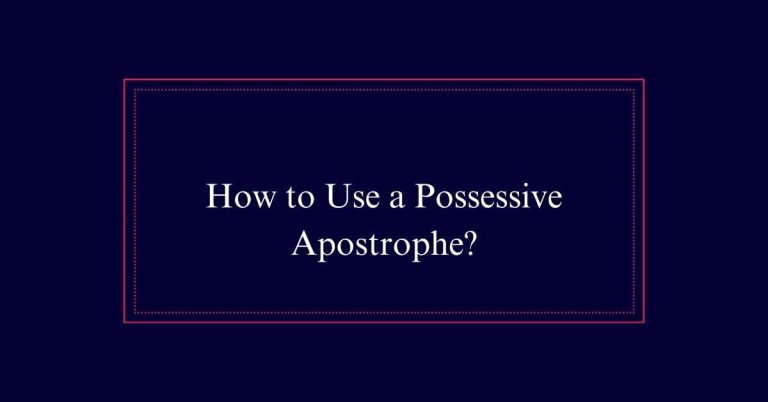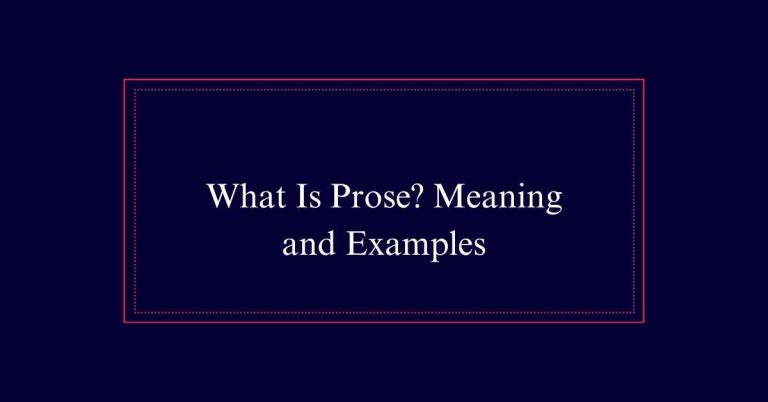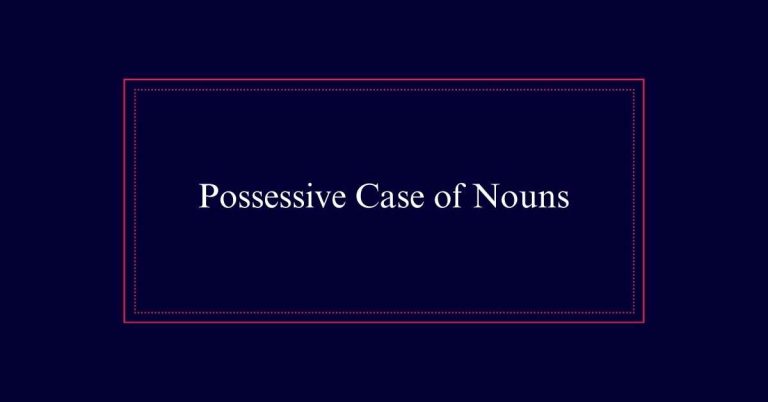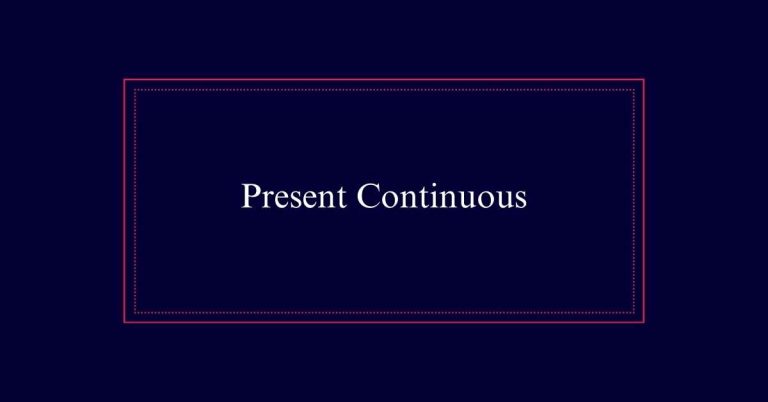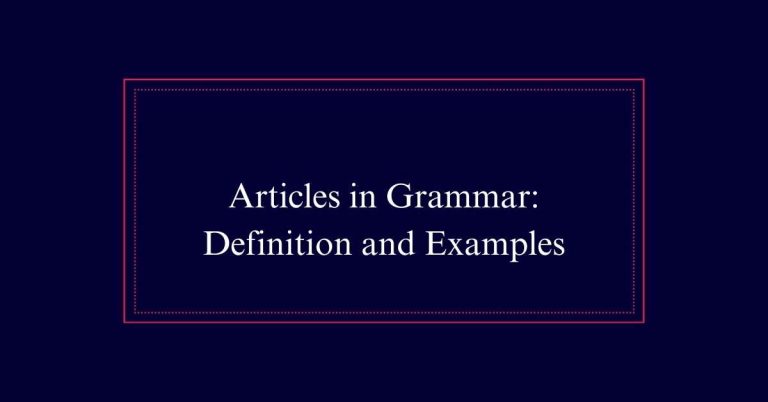When to Use a Comma Before “And”?
Use a comma before ‘and’ in lists of three or more items to avoid confusion. This is known as the Oxford comma and enhances clarity. Place it after the penultimate item in the list. Additionally, use a comma before ‘and’ when joining two independent clauses. This separates them for better readability. Be consistent in your choice to use or not use the Oxford comma throughout your document.
Lists of Three or More Items
In lists of three or more items, the use of a comma before ‘and’ can enhance clarity and readability. This comma is known as the Oxford comma.
For example, in the list ‘apples, oranges, and bananas,’ the comma before ‘and’ helps to clearly separate each item. Without this comma, lists can sometimes be confusing.
For instance, ‘apples, oranges and bananas’ might suggest that oranges and bananas are grouped together.
Lists With Only Two Items
While the Oxford comma can help clarify lists of three or more items, it is not needed for lists with only two items.
In such cases, the use of a comma before ‘and’ is unnecessary. For example, write ‘bread and butter’ instead of ‘bread, and butter.’ The absence of a comma in these instances does not create ambiguity.
This rule applies to all types of elements, whether they are nouns, verbs, or adjectives. The simplicity of having just two items guarantees that the meaning remains clear without additional punctuation.
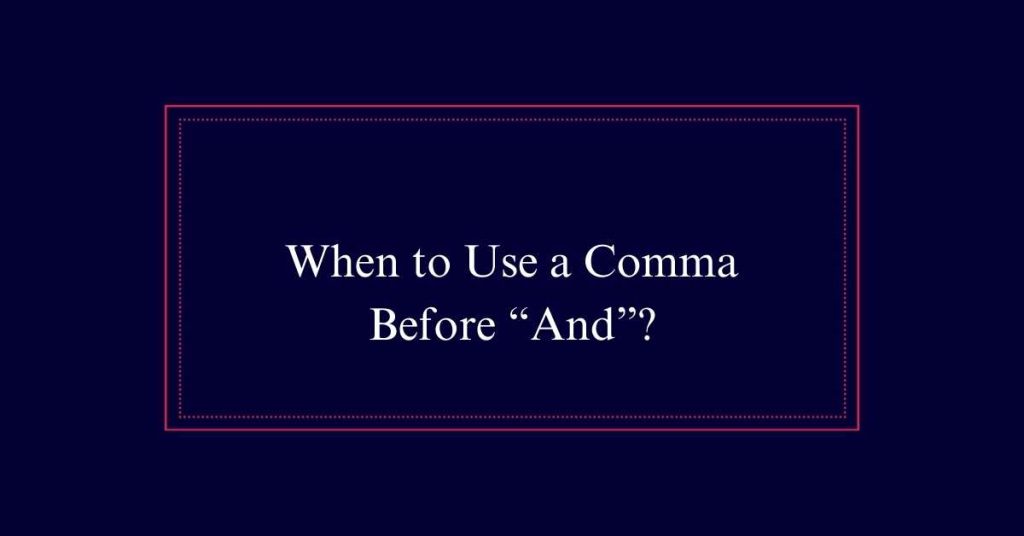
Joining Two Independent Clauses
A comma is needed before ‘and’ when it joins two independent clauses. Independent clauses are complete sentences that can stand alone. For example, ‘She went to the store, and she bought some groceries.
Here, both clauses have their own subject and verb. The comma before ‘and’ helps separate these clauses for clarity. Without the comma, the sentence could be confusing.
Remember, if the clauses are short and closely related, the comma can sometimes be omitted. However, for most cases, using a comma is the standard practice. Correct punctuation ensures your writing is clear and professional.
Avoiding Comma Splices
Comma splices occur when a comma is used to join two independent clauses without a conjunction. This common mistake can create confusion and disrupt the flow of your writing.
To avoid comma splices, make sure that each independent clause is properly linked. You can do this by adding a conjunction like ‘and,’ ‘but,’ or ‘or’ after the comma. Alternatively, you can use a semicolon to separate the clauses.
For instance, instead of writing ‘She loves to read, she visits the library often,’ write ‘She loves to read, and she visits the library often.’ Proper punctuation is essential for clarity and professionalism.
Dependent Vs. Independent Clauses
Understanding the difference between dependent and independent clauses is essential for proper comma usage. An independent clause can stand alone as a sentence; it has a subject and a verb and conveys a complete thought. A dependent clause, however, cannot stand alone and depends on the main clause to provide meaning.
When deciding on comma usage before ‘and,’ keep these points in mind:
- Independent Clauses: Use a comma before ‘and’ when joining two independent clauses.
- Dependent Clauses: Do not use a comma before ‘and’ when one clause is dependent.
- Clarity: Proper comma placement ensures your writing is clear and easy to understand.
Short Independent Clauses
While mastering the comma rules for dependent and independent clauses, it’s also important to take into account short independent clauses.
Short independent clauses are often closely connected in meaning. In such cases, you can choose to omit the comma before ‘and.’ For example, ‘He ran and she followed.’ Here, both clauses are brief and tightly linked, making the comma optional. However, adding a comma is not incorrect: ‘He ran, and she followed.’
Style Guide Variations
Different style guides have varying rules for using a comma before ‘and.’ Understanding these differences is essential for maintaining consistency in your writing.
For instance, some guides advocate for strict comma usage, while others offer more flexibility. Here are some examples:
- The Chicago Manual of Style: Recommends using a comma before ‘and’ in a list of three or more items.
- The AP Stylebook: Advises against using a comma before ‘and’ unless it is necessary for clarity.
- The MLA Handbook: Suggests using a comma before ‘and’ in complex lists to avoid confusion.
Oxford Comma Usage
The Oxford comma, also known as the serial comma, is placed before ‘and’ in a list of three or more items. This comma appears after the penultimate item in the list.
For example, in the list ‘apples, oranges, and bananas,’ the comma after ‘oranges’ is the Oxford comma. Using the Oxford comma can prevent ambiguity.
For instance, ‘I love my parents, Oprah Winfrey, and God’ is clearer than ‘I love my parents, Oprah Winfrey and God,’ which could imply that Oprah Winfrey and God are the parents.
Consistency in Comma Usage
Maintaining consistent comma usage is just as crucial as understanding when to use the Oxford comma. Consistency in punctuation fosters clarity and professionalism in writing. When deciding whether to include a comma before ‘and,’ it is essential to apply the same rule throughout your document. This uniformity avoids confusion and maintains readability.
Consider these key points for consistent comma usage:
- Lists: Decide whether to use the Oxford comma and stick with that choice.
- Independent Clauses: Always use a comma before ‘and’ when it joins two independent clauses.
- Exceptions: If omitting the comma for short, closely connected independent clauses, do so consistently.

